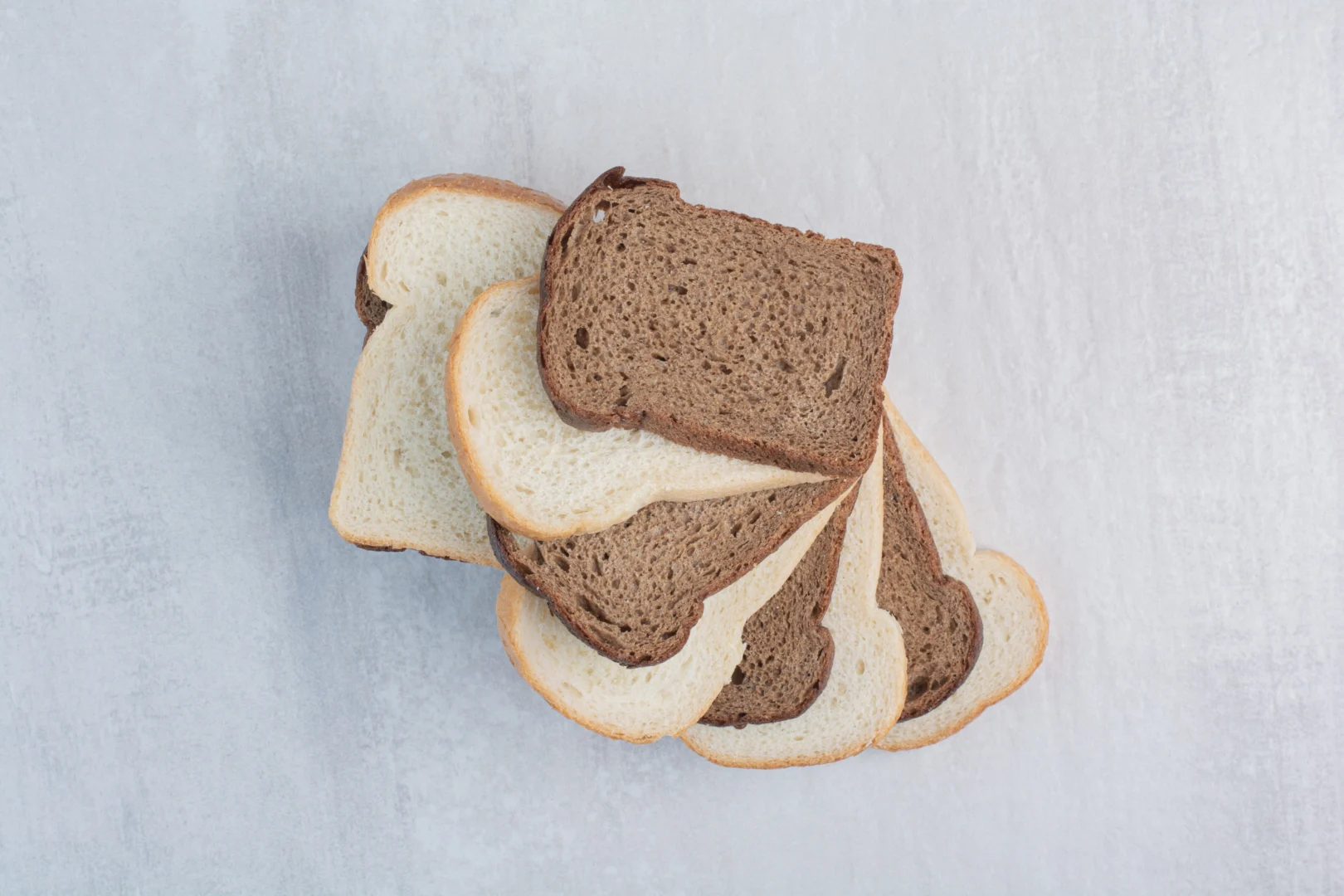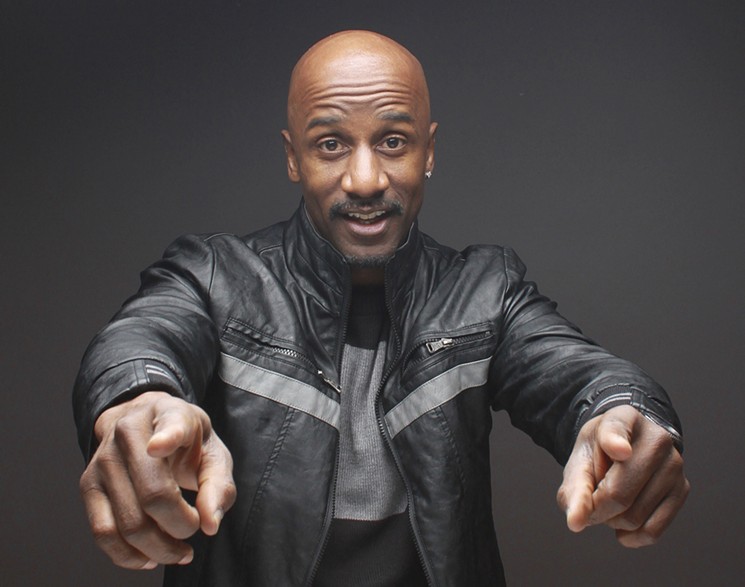The Squeeze Is Real: Why the Middle Class Is Shrinking—and What It Means for Our Future
The Vanishing Comfort Zone I grew up in what most would call a “solid middle-class” household. We had one family car, summer vacations at a lake, and a mortgage that

The Vanishing Comfort Zone
I grew up in what most would call a “solid middle-class” household. We had one family car, summer vacations at a lake, and a mortgage that seemed manageable. Fast forward two decades, and I find myself constantly wondering: how did stability become a luxury?
I’m not alone. Across the country—and across the globe—the middle class is under pressure like never before. Once the economic backbone of modern society, the middle class now faces rising costs, stagnant wages, and a future that feels increasingly out of reach.
This isn’t just an economic story. It’s a personal one, a cultural one, and a societal one. Here’s what’s really happening—and why it matters more than ever.
Who Is the Middle Class, Really?
Before we can talk about the squeeze, we need to define who the middle class is.
By income, the U.S. Pew Research Center defines middle class as:
- Households earning between two-thirds to double the national median income.
- In 2025 terms, that’s roughly $52,000 to $156,000 annually for a family of three.
But the middle class is more than just numbers. It represents:
- Home ownership
- College aspirations for kids
- Stable jobs with benefits
- A shot at upward mobility
It’s the promise of a good life—not extravagant, but secure.
1. Wages Have Stagnated—But Costs Haven’t

While productivity has surged over the last few decades, wages for middle-income earners have remained mostly flat, once adjusted for inflation.
Meanwhile, the cost of living has skyrocketed:
- Housing prices have outpaced income growth by over 70% in many cities.
- Childcare costs have doubled or tripled in urban areas.
- Healthcare premiums and deductibles continue to rise.
- College tuition has increased over 130% since 1990.
This leaves many families in a situation where they earn too much to qualify for assistance, but not enough to feel secure.
2. The Disappearing Safety Net
In previous generations, middle-class workers had access to:
- Employer-provided pensions
- Affordable healthcare
- Union protections
- Stable, long-term employment
Today, we’re navigating a world of:
- Gig economy jobs
- 401(k)s instead of pensions
- Out-of-pocket healthcare costs
- Frequent job changes or layoffs
Middle-class families are increasingly one medical bill or job loss away from financial crisis.
3. Education Is No Longer the Great Equalizer
For decades, education was the ticket to upward mobility. Now, it’s often a source of crushing debt.
- Student loan debt in the U.S. has surpassed $1.7 trillion.
- A degree no longer guarantees a high-paying job.
- Skilled trades—often overlooked—can offer better ROI than a 4-year degree.
The middle class is caught between wanting to invest in education and fearing lifelong debt.
4. Home Ownership Isn’t a Given Anymore
Once a symbol of middle-class stability, home ownership has become a financial hurdle.
- Down payments are harder to save for amid rising rent and stagnant wages.
- Mortgage rates have fluctuated, pushing monthly payments out of reach.
- Investors and institutional buyers have entered the housing market, driving up prices and reducing inventory for first-time buyers.
Owning a home, long considered a step into the middle class, is now a luxury for many.
5. Inflation Hits the Middle Class Hardest
Unlike the wealthiest households, middle-class families spend a larger portion of their income on essentials: groceries, gas, utilities, housing.
So when inflation spikes:
- Grocery bills strain budgets
- Utility costs rise
- Rent and mortgage payments eat into savings
Even small increases in inflation can erode the modest buffer middle-class families work so hard to build.
6. The Mental Load of “Doing Everything Right”
There’s also a psychological toll. Many middle-class individuals feel like they’ve followed the rules—gotten degrees, worked hard, saved modestly—and still find themselves behind.
This results in:
- Burnout from overworking
- Anxiety over financial futures
- Delayed milestones like marriage, kids, or retirement
The emotional weight of “doing everything right and still struggling” is one of the most underreported middle-class stressors.
What Happens If the Middle Class Disappears?
A healthy middle class means:
- Stable consumer spending
- Strong housing markets
- Community investments
- Economic resilience
If it continues to shrink, we risk:
- Greater wealth inequality
- Reduced economic mobility
- Polarized societies
- Increased political instability
In short, we all lose if the middle class crumbles.
A Class Worth Fighting For
Being in the middle class used to mean a sense of belonging and potential—a belief that if you worked hard, you could live well and leave your children better off.
That belief is fading—but it doesn’t have to disappear.
We need policy reform, corporate responsibility, financial literacy, and cultural shifts that support middle-income families—not squeeze them further.
Because when the middle class thrives, everyone benefits. The road back might be long—but it’s worth walking.
By Izzy Malcolm for Ravoke.com








